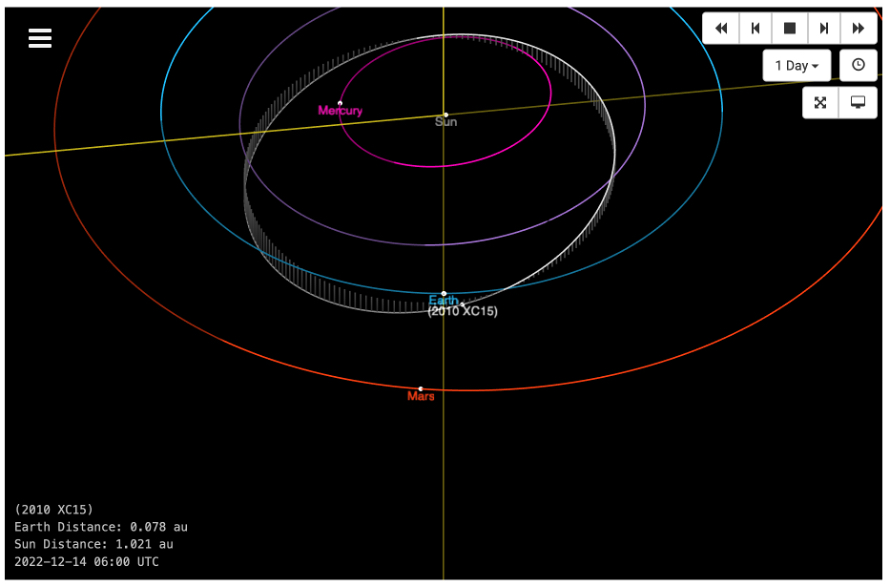For the first time, NASA specialists used the HAARP (High-frequency Active Auroral Research Program) facility to study the internal structure of a near-Earth asteroid. The results of the experiment can help in organizing the planetary defense of our planet.
HAARP Facility
The HAARP complex is located in Alaska. It consists of a powerful transmitter and an array of antennas. In the period from 1993 to 2015, it was used by the US military to study the upper layers of the earth’s atmosphere and ionosphere in order to develop air and missile defense systems, as well as improve communication systems. HARP was very popular among conspiracy theorists, who put forward many versions about its “real” purpose: from climate weapons to a human mind control system.

In 2014, the military announced the termination of funding for the project. Initially, HAARP was planned to be dismantled, but later this decision was changed in favor of transferring the facility to the University of Alaska in Fairbanks.
Studying the structure of a near-Earth asteroid
On December 27, HAARP was used for the first time to study another celestial body. Its target was the 150-meter asteroid 2010 XC15. It got closer to our planet at a distance of 770 thousand km, which is almost twice the distance between the Earth and the Moon. NASA researchers used HAARP to conduct a radar scan of the asteroid. In total, it lasted 12 hours.

Of course, this is not the first time astronomers have studied asteroids using radio waves. However, in this case, the observations were carried out using much longer waves (the frequency was about 9.6 MHz). Scientists hope that this will allow them to consider not the surface of the asteroid, but its internal structure.
If the experiment is successful, then in the future this method can be used in case of detection of a celestial body threatening the Earth. Thanks to the DART mission, we know that a kinetic ram can noticeably change the orbital characteristics of an asteroid. However, to do this, it is necessary to choose the right point of impact, which in turn will depend on the internal structure of the body and the presence of cavities in it. This is where HAARP can help. In the future, a similar method may well save, if not the entire planet, then at least many human lives.
According to https://www.gi.alaska.edu
Follow us on Twitter to get the most interesting space news in time
https://twitter.com/ust_magazine
